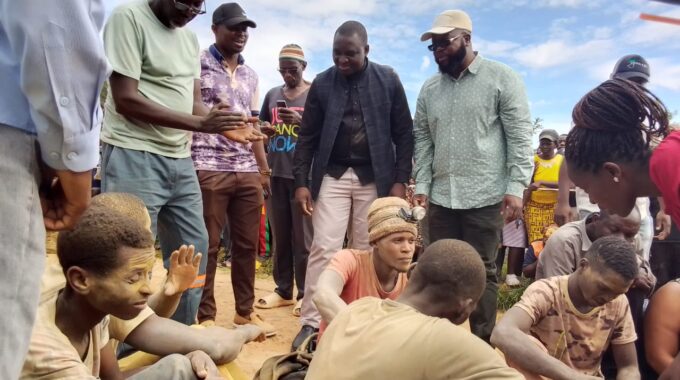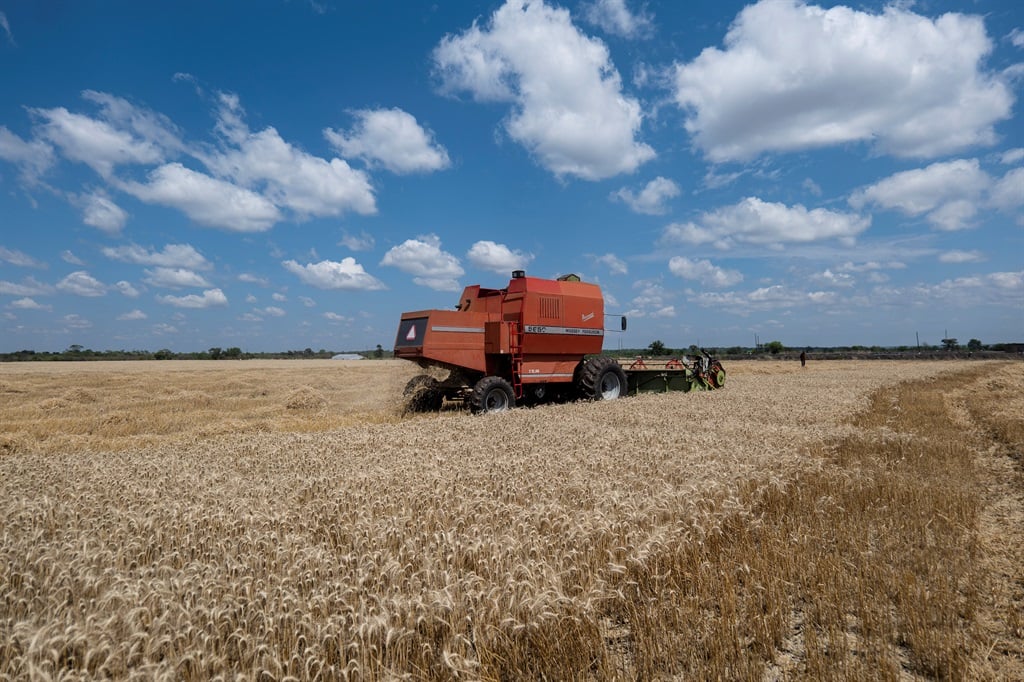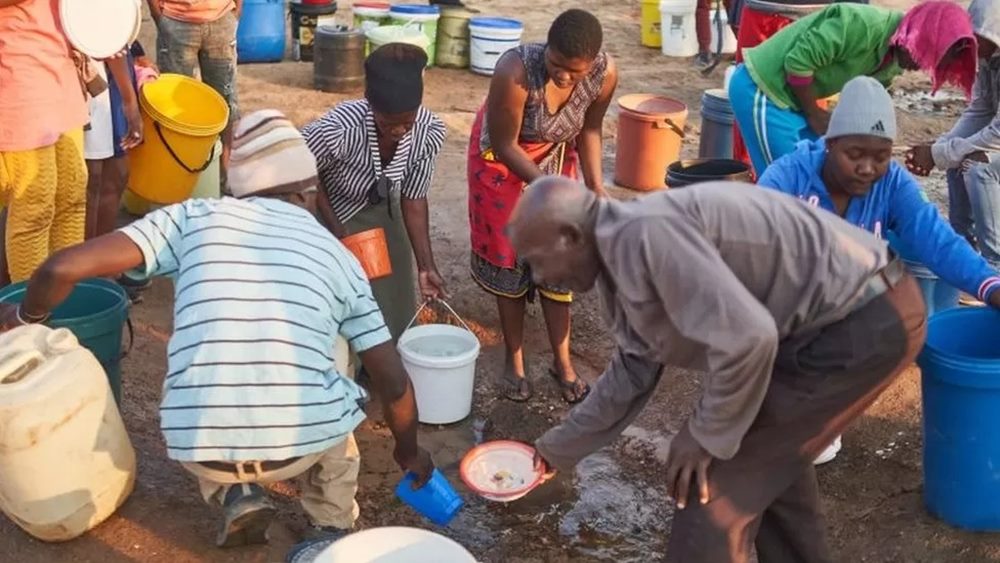In a remarkable display of bravery and perseverance, rescuers successfully extracted all 15 subsistence mine workers who were trapped underground in a collapsed shaft at Redwing mine in Zimbabwe. The incident occurred on Thursday, leaving the miners in a dire situation until their eventual rescue on Sunday, as reported by government spokesperson Nick Mangwana.
Located approximately 270 km east of the capital city Harare, the Redwing mine experienced a ground collapse, leading to the entrapment of the workers. The rescue operation faced significant challenges due to unstable ground conditions, causing delays in reaching the trapped miners. Metallon Gold, the owner of Redwing mine, cited the unstable ground as a contributing factor to the rescue operation’s complexity.
However, despite the hurdles, the relentless efforts of the rescuers paid off, and all the miners were successfully brought to safety. A video shared on the social media platform X, formerly known as Twitter, by government spokesperson Nick Mangwana showcased the heartwarming moment when the mud-covered workers emerged from the mine shaft and were greeted by a jubilant crowd at the mine site.
Redwing mine has been the site of subsistence mining activities carried out by miners engaging in unsanctioned work since the mine was placed under corporate rescue in 2020, according to Metallon Gold. The incident serves as a reminder of the risks faced by these miners who often work in precarious conditions with limited safety measures.
The successful rescue operation not only highlights the dedication and expertise of the rescue teams involved but also underscores the value of collaboration and swift action in such situations. The government, mine owners, and the rescue teams worked together to ensure the safety of the trapped miners, showcasing the importance of a coordinated response.
As investigations into the cause of the collapse are likely to follow, it is crucial for authorities to address the issue of subsistence mining and work towards improving safety measures in these informal mining operations. The incident serves as a wake-up call to prioritize the welfare and safety of all miners, regardless of their working status.
The successful rescue at Redwing mine is a testament to the resilience of the human spirit and the determination to save lives. The rescued miners can now begin the process of recovery and healing, while industry stakeholders must reflect on the incident and take steps to prevent similar occurrences in the future.







